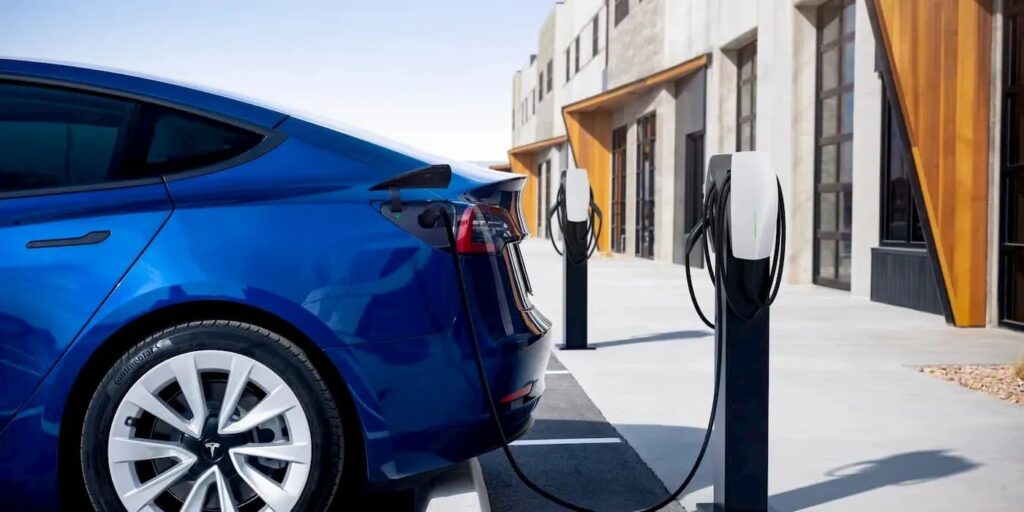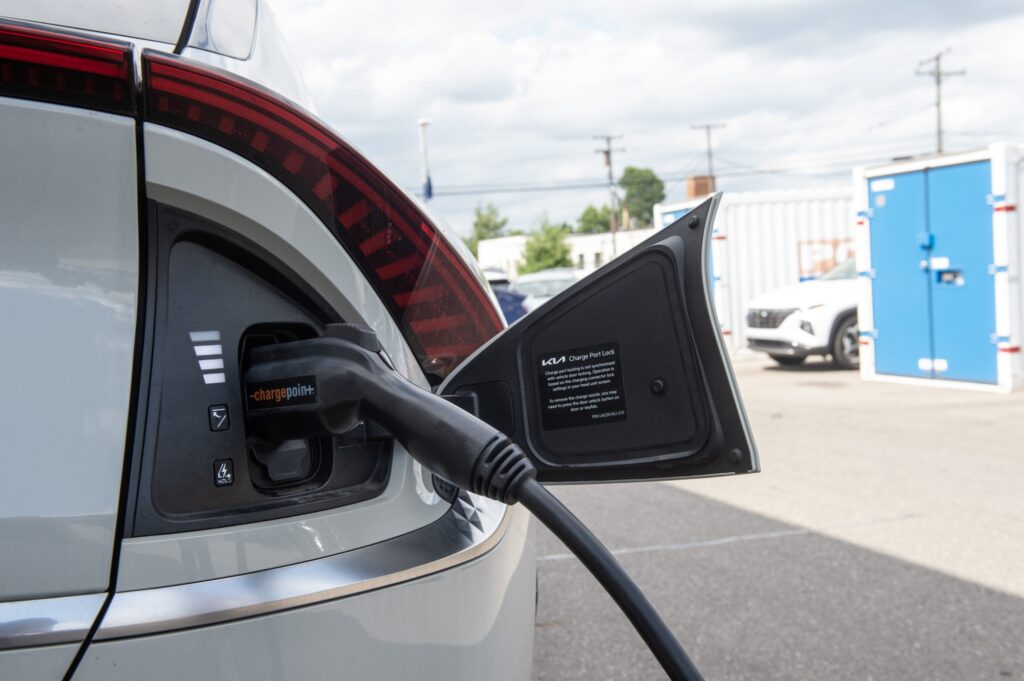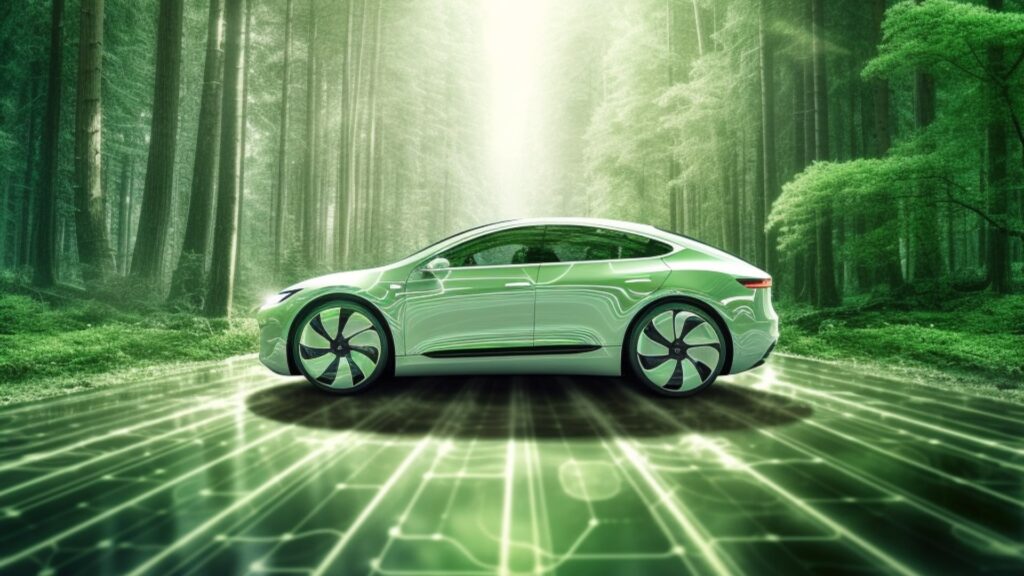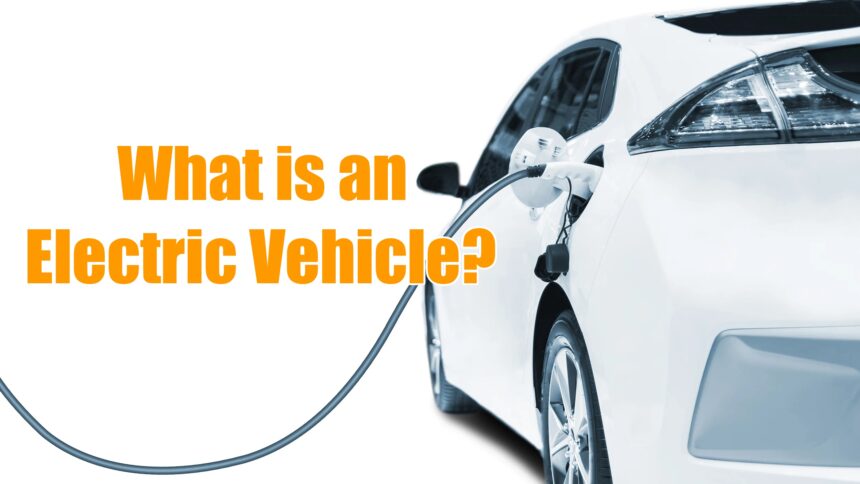Electric vehicles (EVs) have been gaining popularity in recent years as a more environmentally friendly alternative to traditional gasoline-powered vehicles. But what exactly is an electric vehicle?
Electric Vehicle Definition

An electric vehicle is a type of vehicle that runs on an electric motor instead of a combustion engine, using electricity stored in batteries for power. This results in zero emissions, making EVs a cleaner and more environmentally friendly option for transportation.
EVs offer lower operating costs due to the cheaper price of electricity, as well as reduced maintenance requirements. They also have a positive impact on the environment by reducing air pollution and greenhouse gas emissions. As technology progresses, electric vehicles are becoming more affordable and accessible, making them a viable option for drivers worldwide.
Overall, EVs present a promising solution for reducing emissions and creating a more sustainable transportation system by utilizing electricity as a cleaner alternative to traditional gasoline-powered vehicles.
How does an electric vehicle work?

Electric cars, also known as EVs, are gaining popularity as people seek more eco-friendly transportation options. The electric motor in an EV is powered by a battery pack, which stores energy to propel the vehicle. This motor is connected to the wheels, similar to a traditional engine, and moves the vehicle by turning the wheels. When driving an electric car, pressing the accelerator sends a signal to the motor to start moving, converting electrical energy into mechanical energy to move the vehicle.
Unlike gasoline engines, electric motors do not need fuel, making them more efficient and environmentally friendly. To recharge the battery, simply plug it into a charging station or outlet, with some EVs also having regenerative braking systems to capture energy. In essence, electric vehicles use an electric motor and battery pack to drive, offering a cleaner and sustainable alternative to gas-powered vehicles.
There are three main types of EVs. Hybrid EVs (HEVs) and plug-in hybrid EVs are both powered by petrol and electricity. The former generates energy through the car’s braking system to recharge the battery, while the latter can recharge through any external source of electricity. Meanwhile, battery EVs (BEVs) are fully electric, meaning that the vehicle emits no emissions from the exhaust and does not contain the typical liquid fuel components, such as a fuel pump, fuel line, or fuel tank.
Electric Vehicle Benefits

Owning an electric vehicle has various advantages for both the driver and society. One major benefit is the positive impact on the environment, as EVs produce no emissions, helping to reduce air pollution and greenhouse gas emissions. This is crucial in addressing climate change and lowering our carbon footprint. Additionally, EVs offer financial benefits in the long run, despite the higher initial cost, as they are cheaper to maintain and operate. Governments also provide incentives and tax credits for purchasing EVs, further reducing overall costs.
Electric vehicles are more energy efficient than traditional vehicles, resulting in lower energy bills and reduced reliance on fossil fuels. By switching to EVs, individuals can help decrease the demand for non-renewable resources and promote energy independence. Moreover, EVs are known for their superior performance, with quick acceleration, a quiet ride, and advanced technology features, making them a convenient and enjoyable option for daily transportation.
In conclusion, electric vehicles provide numerous advantages for individuals and society, such as reducing emissions, saving money, and offering a superior driving experience. As EV technology continues to evolve and become more widespread, they are expected to play a significant role in transitioning to a more sustainable and energy-efficient transportation system.






